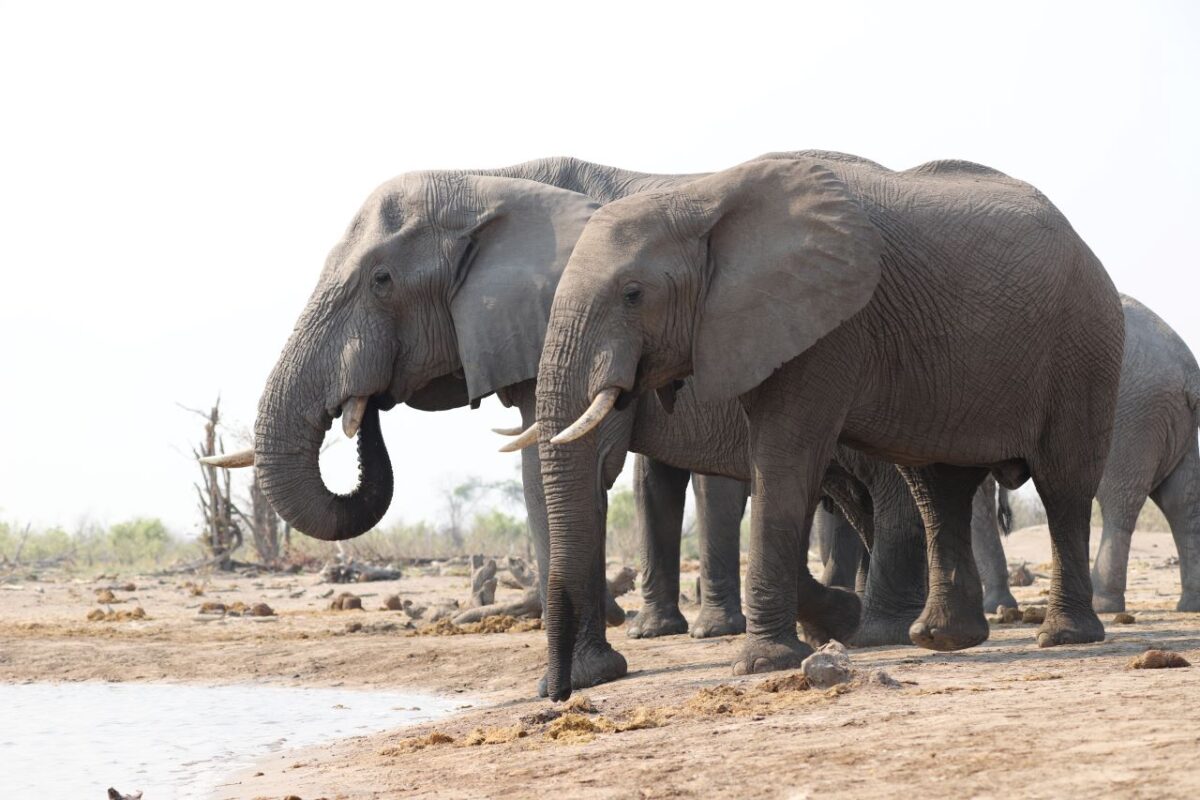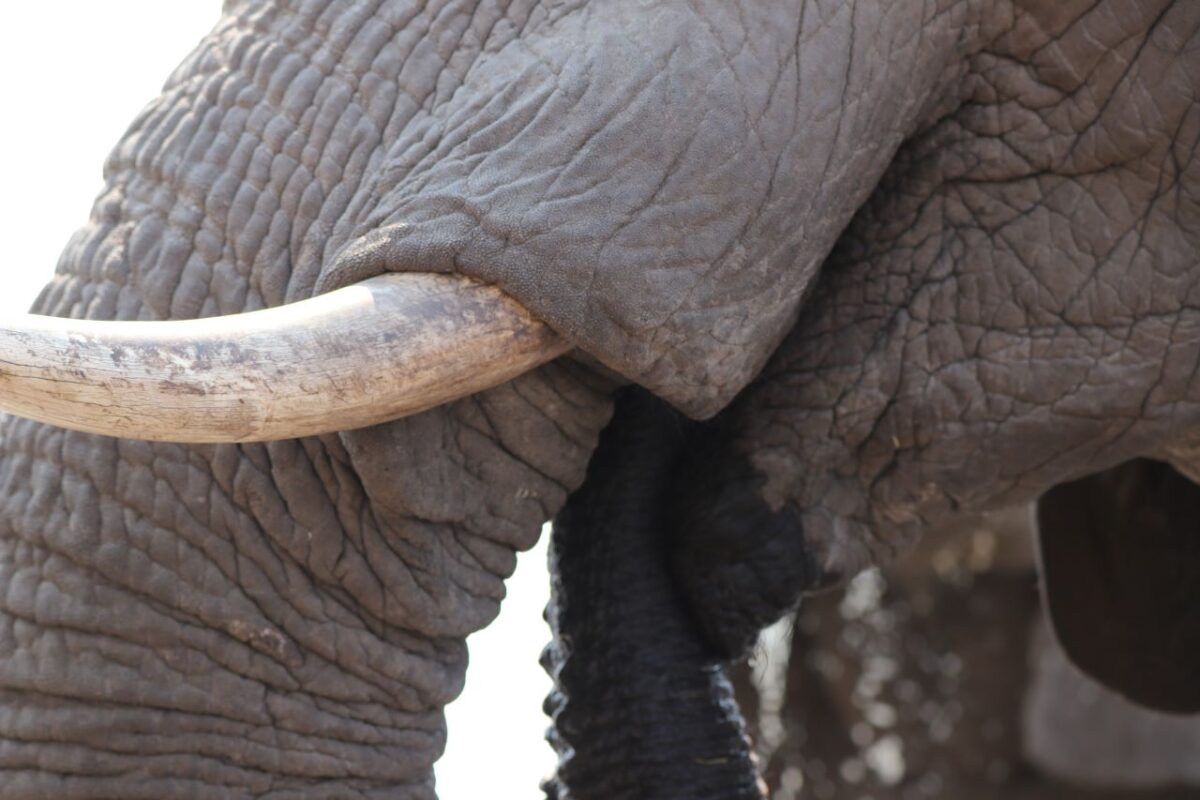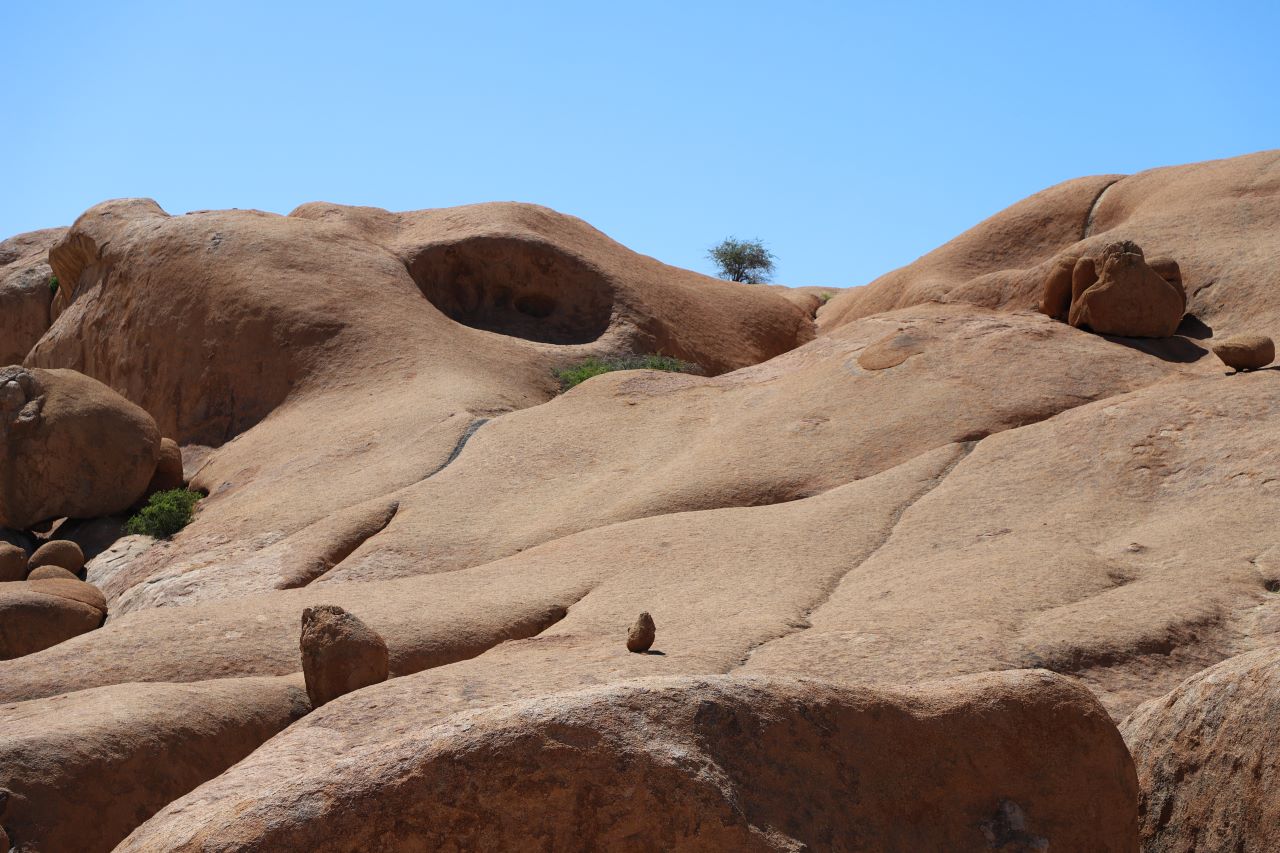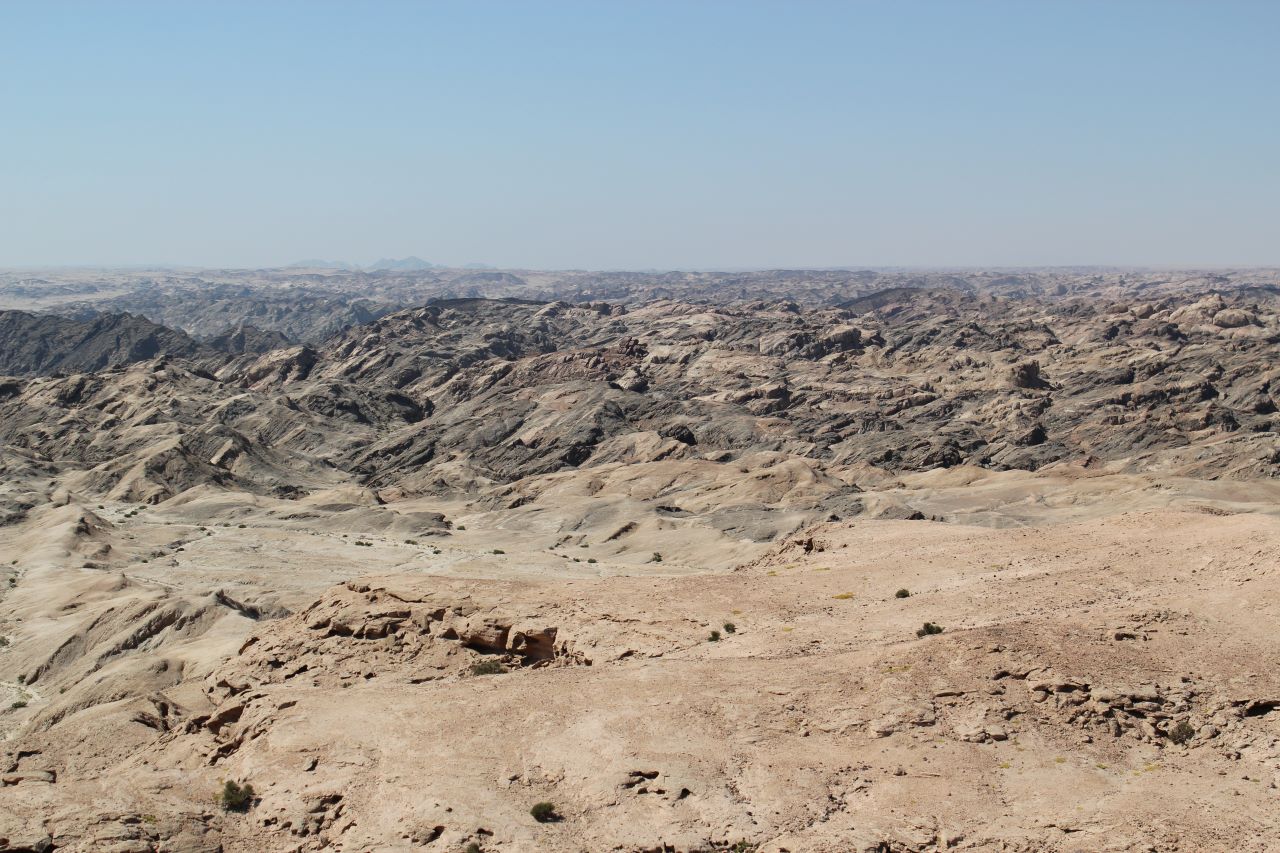Exploring Namibia’s Enigmatic Desert-Adapted Elephants
In the arid wilderness of Namibia’s Damaraland, a remarkable species thrives against all odds: the desert-adapted elephants. These majestic creatures have evolved unique characteristics to survive in the harsh desert environment, making them a fascinating subject for wildlife enthusiasts and conservationists alike.
Astonishing Adaptations
Unlike their counterparts in lush savannahs, Namibia’s desert-adapted elephants have developed several remarkable adaptations to endure the desert’s challenges. Their bodies are slenderer, with longer legs and larger feet, ideal for traversing sandy terrain and reaching sparse vegetation. These elephants can go for extended periods without water, relying on moisture from the vegetation they consume and occasionally finding hidden water sources in riverbeds or natural springs. Their behaviour also reflects their environment, with nomadic tendencies and the ability to cover vast distances in search of food and water.
Fun Facts About Elephant Features
Elephant Lashes: Nature’s Sunglasses
Elephants’ long, thick eyelashes are not just for show. These lashes serve a practical purpose, acting as natural sunglasses. In the desert, they help keep sand and debris out of the elephants’ sensitive eyes, shielding them from the wind and sun. Additionally, their lashes act as sensors, helping to alert elephants when something is too close to their eyes, preventing injury.
Tusks: Tools of Survival
Elephant tusks have modified incisor teeth, and desert-adapted elephants, are indispensable survival tools. They use these tusks to dig into riverbeds for hidden water, strip bark from trees for food and even help manipulate objects in their environment. Unfortunately, these prized tusks also make them a target for poachers, highlighting the importance of ongoing conservation efforts.
The Versatile Trunk
An elephant’s trunk is one of nature’s most fascinating evolutionary marvels. Composed of over 40,000 muscles, this flexible appendage functions as a hand, nose, and straw all in one. For desert-adapted elephants, the trunk is essential for foraging, allowing them to pluck leaves from high branches or scoop water from deep sources. The trunk’s ability to store and spray water also provides elephants with a unique method of cooling down in the desert heat.
Feet: Nature’s Sand Shoes
The wide, padded feet of desert-adapted elephants help distribute their weight, preventing them from sinking into soft sand. Their feet are also surprisingly sensitive, with nerve endings that allow them to detect vibrations through the ground. This heightened sensitivity helps them communicate with distant herds and locate water sources hidden beneath the earth’s surface.
Thick Skin: Desert Armor
An elephant’s skin, though tough and wrinkled, is highly sensitive to touch and temperature. In the desert, their thick skin acts as natural armour, protecting them from sharp rocks and thorny vegetation. The wrinkles in their skin also serve an important role in retaining moisture, helping them stay cool by holding water when they bathe or spray themselves with their trunks.
Thriving in Damaraland
Damaraland, with its rugged terrain and sparse vegetation, provides an ideal habitat for these resilient giants. Here, among the ancient valleys and rocky outcrops, the desert-adapted elephants roam freely, forging paths through dry riverbeds and shrubby plains in search of sustenance. Observing these magnificent creatures against the backdrop of Damaraland’s stark beauty is a truly awe-inspiring experience.
Conservation Challenges and Successes:
Despite their adaptability, desert-adapted elephants face numerous threats, including habitat loss, human-wildlife conflict, and poaching. Conservation efforts led by local communities, NGOs, and government agencies aim to mitigate these challenges and ensure the long-term survival of this unique population. Collaborative initiatives focus on habitat protection, community engagement, and sustainable tourism practices to support elephants and local livelihoods.
Contrasts with Chobe Elephants
While both the desert-adapted elephants of Damaraland and the elephants of Chobe National Park share the same species, their behaviours and adaptations differ significantly due to their distinct habitats. Chobe’s elephants inhabit lush riverine forests and grassy plains, relying on permanent water sources and abundant vegetation. In contrast, Damaraland’s elephants navigate arid landscapes, exhibiting nomadic movements and a remarkable ability to thrive in harsh conditions. These differences highlight the incredible adaptability of elephants and the diverse environments they inhabit across Africa.
The “White Elephants” of Etosha
In stark contrast to the desert-adapted elephants of Damaraland, the elephants of Etosha National Park are famous for their striking appearance, often looking completely white. This unique colouration comes from the fine white clay found in Etosha’s pans. After wallowing in the clay-rich waterholes, elephants coat themselves in this mineral-laden mud, which dries to form a pale, ghostly layer on their skin. This not only gives them their distinctive “white elephant” look but also helps protect them from the sun and insects. These iconic elephants add a captivating element to any Etosha safari, offering yet another glimpse into the adaptability of these remarkable creatures.
Experiencing Damaraland’s Elephants
For travellers seeking a truly unique wildlife encounter, Damaraland offers unforgettable opportunities to observe and learn about desert-adapted elephants in their natural habitat. Guided safaris, led by knowledgeable local guides, provide insights into elephant behaviour, conservation challenges, and the intricate balance of life in the desert. Whether tracking herds on foot or observing from a respectful distance, witnessing these magnificent creatures in Damaraland is a testament to nature’s resilience and the beauty of Namibia’s wilderness.
Preserving a Natural Heritage
As guardians of Namibia’s natural heritage, our collective responsibility is to protect and conserve the desert-adapted elephants of Damaraland and their fragile ecosystem. By supporting sustainable tourism initiatives, promoting conservation awareness, and advocating for the welfare of both elephants and local communities, we can ensure that future generations continue to marvel at the wonder of these extraordinary animals against the backdrop of Namibia’s timeless landscapes.
Book your unforgettable journey today and experience the magic of Damaraland’s desert-adapted elephants while supporting conservation efforts that safeguard their future.








